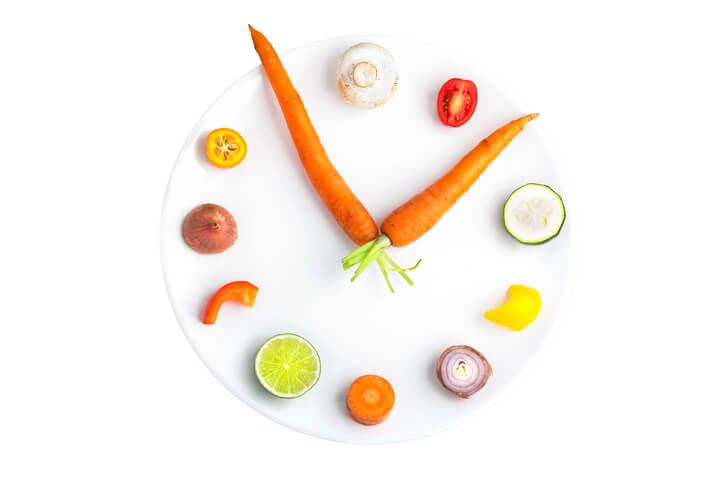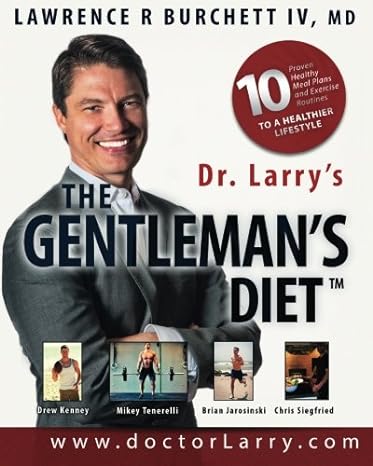When Are the Most Healthy Eating Times?

[cs_content][cs_section bg_color=”hsl(0, 0%, 100%)” parallax=”false” separator_top_type=”none” separator_top_height=”50px” separator_top_angle_point=”50″ separator_bottom_type=”none” separator_bottom_height=”50px” separator_bottom_angle_point=”50″ style=”margin: 0px;padding: 45px 0px;”][cs_row inner_container=”true” marginless_columns=”false” style=”margin: 0px auto;padding: 0px;”][cs_column fade=”false” fade_animation=”in” fade_animation_offset=”45px” fade_duration=”750″ type=”2/3″ style=”padding: 0px;”][x_custom_headline level=”h1″ looks_like=”h1″ accent=”false”]When Are the Most Healthy Eating Times?[/x_custom_headline][cs_text]Reviewed & Approved by Dr. Larry
[dropcap]D[/dropcap]ietitian and nutrition expert Allison Evanson describes her general approach to healthy eating and weight loss as “simple and realistic.” So based on that approach, it makes sense for the most healthy eating times to be whenever you’re hungry, right? Unless you’re not actually hungry.[/cs_text][x_video_player type=”16:9″ src=”https://youtu.be/bzkh1qO95SA” hide_controls=”false” autoplay=”false” no_container=”false” preload=”none” advanced_controls=”false” muted=”false” loop=”false” poster=””][cs_text]
Understanding Different Types of Hunger
Allison claims that the first step toward eating healthier and losing weight is to distinguish the “different types of hunger.” Types of hunger can include eating for…
- boredom
- pleasure of taste
- social participation
…and more. That being said, true physical hunger should never be ignored, even when (especially when) you’re trying to be healthier and lose weight.
Determining When You’re Actually Hungry
So how can you tell when are the healthy eating times for your body, and how can you tell if you’re actually hungry?
Listen to the signals that your body sends you. They’ll show up in the patterns of your eating habits.
According to Allison, “If by the time you do eat… you’re so starving that you crave processed foods and you consume them quickly in really large quantities — you waited way too long to eat.”
When that happens, Allison suggests adding more snacks between meals. Her favorite snack for a healthy eating day schedule: unsalted nuts of any kind.
“Our bodies communicate with us a lot, and we’re really good at ignoring it,” Allison cautions.
- A source of protein
- A source of healthy fat
- A generous serving of vegetables
A meal with all three of these elements should help keep you from feeling hungry for the next three to four hours. If you get hungry an hour after eating, then you’re not achieving the right balance of these three healthy meal elements or you’re not eating enough of them.
Discovering Your Most Healthy Eating Times
Healthy eating times throughout the day are going to be different for everyone, Allison says. The best thing that you can do is to pay attention to:
- how often you’re hungry.
- how hungry you get when you don’t eat often enough.
- the type of hunger you experience throughout the day.
“There is no one diet, there is no one fad… that fits all,” Allison says. “Weight loss is about the long game.”
Pay attention to what happens when you get too hungry; chances are you wind up eating too much, eating too fast, and eating unhealthy, over-processed foods. Finding your body’s healthy eating times comes from listening to the signals it’s sending you throughout the day. If you’re actually hungry, then it’s a healthy time to eat something healthy!
The Best Times to Eat Certain Foods — And Why It Matters
Steve Lombardi, an ICU nurse and personal trainer, has been bodybuilding for 50 years. He attributes much of his success to eating the right foods at the right times.
Steve’s personal eating time table for weight loss goes something like this:
- 7 a.m. Wake up, have a cup of black coffee, and hit the gym hard for an hour dor two.
- 9 a.m. Consume 60 grams of whey protein with water to replenish the nutrients lost while working out.
- 10 a.m. Eat 3 whole eggs, ¼ cup of egg whites, sprinkled with a little bit of cheese for some fats in addition to branched chain amino acids and omega fatty acids.
- 12 p.m. Have ½ boneless, skinless chicken breast and an apple for sugar.
- Snack(s) as needed: Non-fat Greek yogurt with a scoop of whey protein.
- 6 p.m. Have sliced up turkey thigh in green salad with lots of veggies.
Clearly, Steve’s typical healthy eating day consists of a low-carb, high-protein diet with almost no sugars. Currently, his goals are to lose weight and maintain muscle mass for his bodybuilding goals, so cutting out carbs and boosting protein is a must.[/cs_text][x_video_player type=”16:9″ src=”https://youtu.be/pnP-yKhA45w” hide_controls=”false” autoplay=”false” no_container=”false” preload=”none” advanced_controls=”false” muted=”false” loop=”false” poster=””][cs_text]Clearly, Steve’s typical healthy eating day consists of a low-carb, high-protein diet with almost no sugars. Currently, his goals are to lose weight and maintain muscle mass for his bodybuilding goals, so cutting out carbs and boosting protein is a must.
His eating schedule centers on getting the necessary nutrients for his body at key times throughout the day. For example, Steve suggests that the best time of day to eat healthy fats, like coconut oil or fish oil, is earlier in the day rather than later to help you keep up your energy.
With that logic, as far as healthy eating times and the best time to eat certain foods goes, Steve lives by the old adage, “Eat like a king for breakfast, a prince for lunch, and a pauper for dinner.”
The Importance of Eating the Right Foods at the Right Times
Many of Steve’s clients wonder “What time should I eat breakfast to lose weight?” But Steve suggests that this way of thinking may be putting the focus on the wrong piece of the weight loss puzzle. Rather, you should focus on the types of foods you eat during these healthy eating times.
This means that for those of us that absolutely must have that piece of cake, Steve says the recommended eating times for those empty calories would be early in the day — at breakfast.
The morning is when your body is at peak metabolic efficiency, and you’ll have time to burn off those calories throughout the day. If you were to eat that piece of cake at bedtime or around dinner, you would go to sleep shortly after, and your body would store those calories to fat because your body is at rest and not burning many calories.
The Best Eating Times for Post-Workout Benefits
When asked, “What’s the best time to eat in relation to your workout?” Steve says: right after your workout.
Steve urges clients to consume plenty of protein, water, and some glucose (for Steve, that’s a handful of raisins to level out his blood sugar) right after you work out to help nourish tired muscles and keep you powering through the rest of your day without feeling drained. You don’t have to (and probably won’t want to) eat a full meal right after the gym, so take a shower, drink lots of water, and have something small and protein-packed rather than a true meal.
Steve prefers to put in his time at the gym first thing in the morning before he eats. He works out during that morning metabolic jump-start and before he gives his body any calories, so his body is able to burn through the calories throughout the day. This schedule is also great for people who are too tired to get to the gym at the end of the day; it’s a good way to start off your daily routine with some oomph.
Most of us don’t like going to the gym on a full stomach, anyway. But if you feel like you need something in your stomach before you work out, try drinking a protein supplement before heading to the gym. It should give you that bit of substance and energy that you need, but it won’t make you feel sick from working out while too full.
How to Find the Right Healthy Times to Eat Based On YOUR Body
In general, the healthy times to eat breakfast, lunch and dinner for a bodybuilder like Steve would be every couple of hours. In between meals, Steve drinks whey protein supplements or mixes them with non-fat Greek yogurt to continue taking in protein.
But Steve’s personal eating time schedule will likely be different than yours. Your own healthy eating times during the day may differ based on your own body’s needs. So what’s a healthy eating time schedule for you?
Steve reminds clients that each body is different, and that in order to find your own best eating times, you’ll need to perform some trial and error, and then listen to your body to make adjustments.
If you’re feeling hungry, drained, or low energy, what could be the culprit? Are you getting enough protein after your workout? Are you not getting enough sleep? Are you dehydrated? Are you just simply feeling unmotivated today? Should you have more healthy fats in your snack between lunch and dinner? Are you eating too many carbohydrates?
Finding your own healthy eating times takes Steve’s framework of eating certain foods at certain times of the day, and then applying that to your own body’s metabolism and needs.
—
Allison Evanson, MS, RD is the Registered Dietitian and follow-up coach for AffirmativHealth’s RE:Mind program, the Outpatient Dietitian at Sonoma Valley Hospital, and writer for putyourfoodtowork.com. Allison’s approach is to present healthy eating in a way that is realistic, sustainable, and enjoyable[/cs_text][x_gap size=”50px”][/cs_column][cs_column fade=”false” fade_animation=”in” fade_animation_offset=”45px” fade_duration=”750″ type=”1/3″ style=”padding: 0px;”][x_widget_area sidebar=”sidebar-main” ][x_widget_area sidebar=”ups-sidebar-adoption-services” class=”man”][/cs_column][/cs_row][cs_row inner_container=”true” marginless_columns=”false” style=”margin: 0px auto;padding: 0px 0px 30px;border-style: solid;border-width: 1px;”][cs_column fade=”false” fade_animation=”in” fade_animation_offset=”45px” fade_duration=”750″ type=”1/1″ style=”padding: 0px;”][cs_text]
Featured Content
[/cs_text][/cs_column][/cs_row][/cs_section][cs_section parallax=”false” separator_top_type=”none” separator_top_height=”50px” separator_top_angle_point=”50″ separator_bottom_type=”none” separator_bottom_height=”50px” separator_bottom_angle_point=”50″ style=”margin: 0px;padding: 20px 0px 0px;”][cs_row inner_container=”true” marginless_columns=”false” style=”margin: 0px auto;padding: 0px;”][cs_column fade=”false” fade_animation=”in” fade_animation_offset=”45px” fade_duration=”750″ type=”1/1″ style=”padding: 0px;”][ess_grid alias=”featured_content”][/cs_column][/cs_row][/cs_section][/cs_content]


